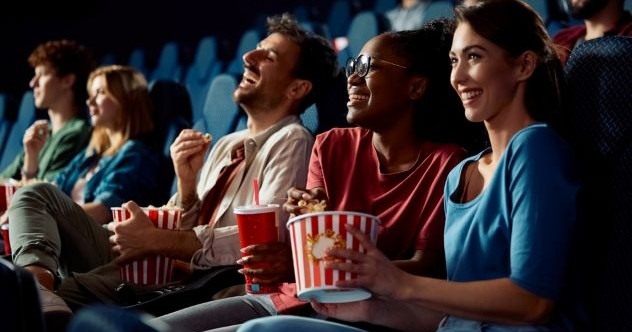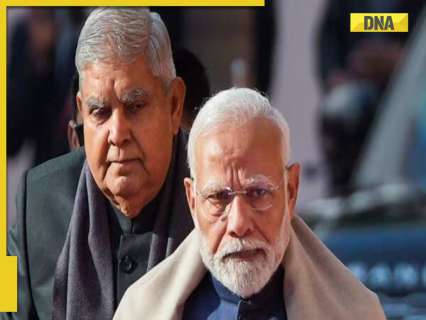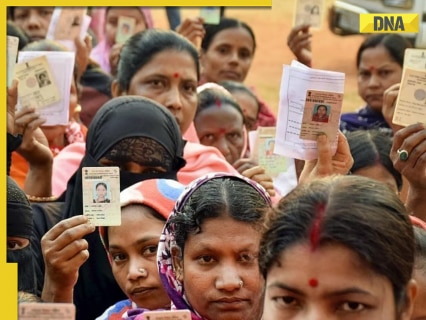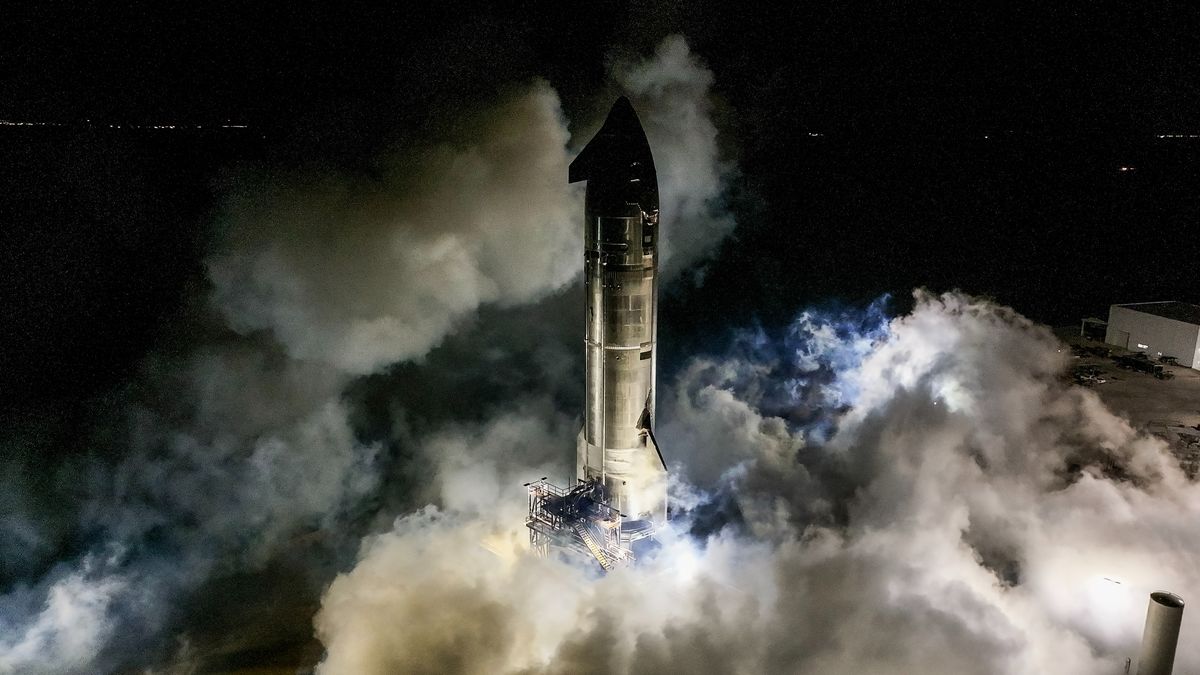Now Reading: When Product Placement Missed the Mark: 10 Memorable Flops
1
-
01
When Product Placement Missed the Mark: 10 Memorable Flops
When Product Placement Missed the Mark: 10 Memorable Flops

Rapid Summary
- Reese’s Pieces (E.T.): Hershey’s candy saw a 65% sales boost when it featured in E.T. after Mars Inc. rejected the film’s offer,fearing negative brand association with the alien.
- Heineken (Skyfall): James Bond drank Heineken instead of a martini in exchange for $45 million in sponsorship,sparking fan backlash over perceived corporate influence.
- Pepsi Protest Ad: A 2017 ad featuring Kendall Jenner handing Pepsi to police at a protest faced significant criticism for trivializing serious social issues; Pepsi apologized and pulled the ad within 24 hours.
- Chrysler (The Italian Job): Originally slotted as car sponsors, Chrysler lost out to BMW’s Mini Cooper, eliminating their presence from the movie despite filmed scenes.
- Starbucks Cup Slip-Up (Game of thrones): An accidental inclusion of a coffee cup during filming brought Starbucks an estimated $2.3 billion in free advertising but damaged HBO’s reputation for attention to detail.
- Subway Mascot (community): Subway paid for placement but was lampooned with an awkward human mascot named “subway,” shifting perception from cool integration to comedic absurdity.
- Pizza Hut (Wayne’s World): The brand endured mockery as characters parodied overt product placements rather than promoting sponsors authentically.
- Nike (The Wizard): nike tied its products to this Nintendo-themed movie but faced backlash when critics called it corporate pandering due to poor artistic merit and forced tie-ins.
- Sony Products (I, Robot): Overzealous placement of products including Converse shoes and Sony Ericsson phones clashed with storytelling dynamics and broke audience immersion.
- Coke Cups (American Idol): Coca-Cola inserted branded cups prominently throughout early seasons; while visible, its over-saturation turned into parody material.
Indian Opinion Analysis
Product placements often function as strategic investments by brands aiming for broader consumer visibility through entertainment media. Though,poorly executed integrations-as highlighted by thes examples-can backfire spectacularly when they prioritize monetary motives over narrative consistency or cultural sensitivity.
For India specifically:
- Amid growing urbanization and youth-centric marketing culture akin to Western trends, brands here increasingly align themselves with influencers or cinema productions. Learning from cases like Pepsi’s tone-deaf protest ad could be crucial in navigating nuanced local narratives without inadvertently alienating audiences sensitive to social issues such as caste inequality or ongoing farmer protests.
- Bollywood has long been utilized by brands seeking mass exposure; though, overt placements overlooked concerns about creative integrity can risk damaging India’s robust cinematic storytelling tradition-a factor critical as cultural resonance drives much audience attachment here compared globally balanced authenticity storytelling rule guides cautious promotional-role interwoven values
Stay Informed With the Latest & Most Important News
Previous Post
Next Post
Loading Next Post...




























